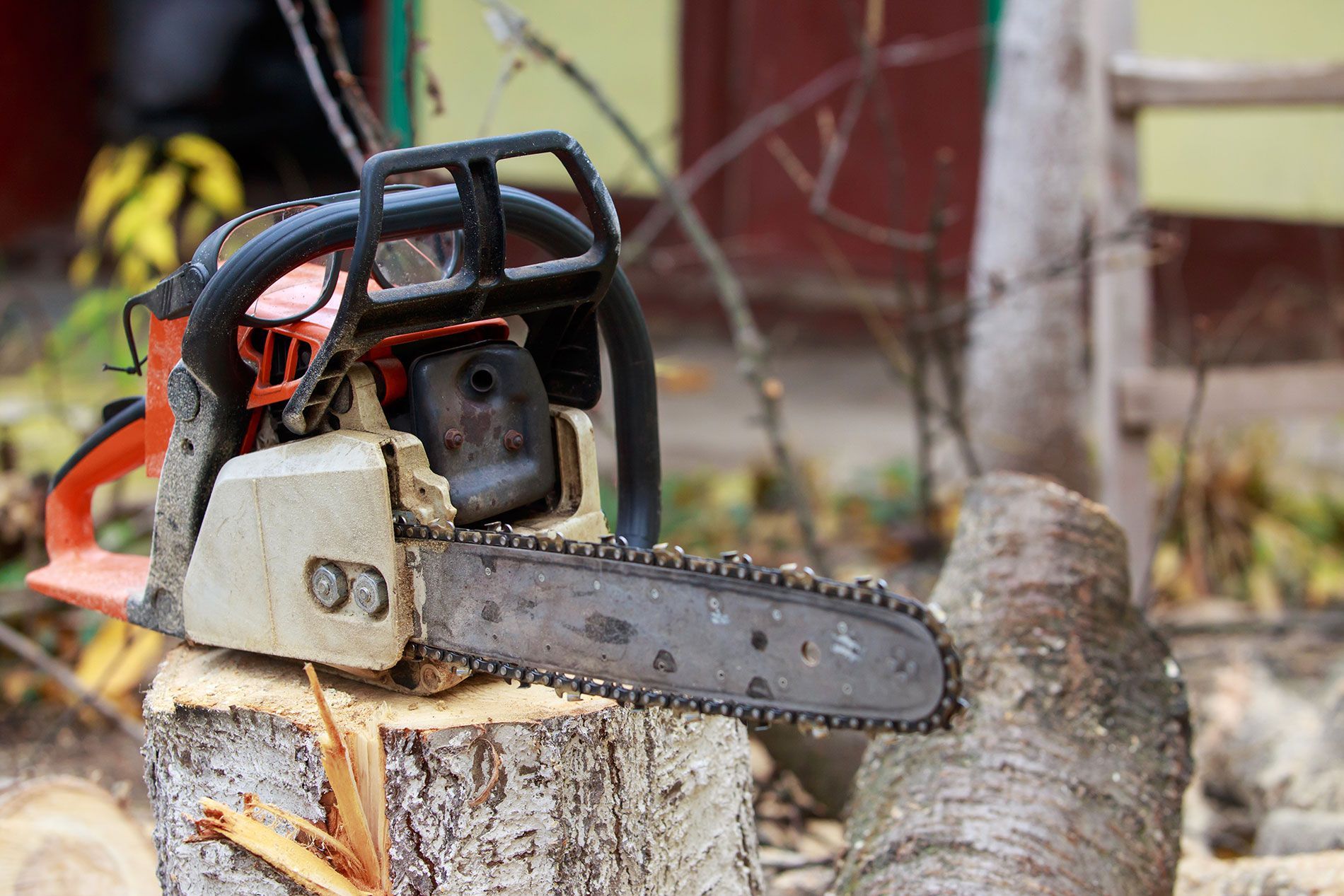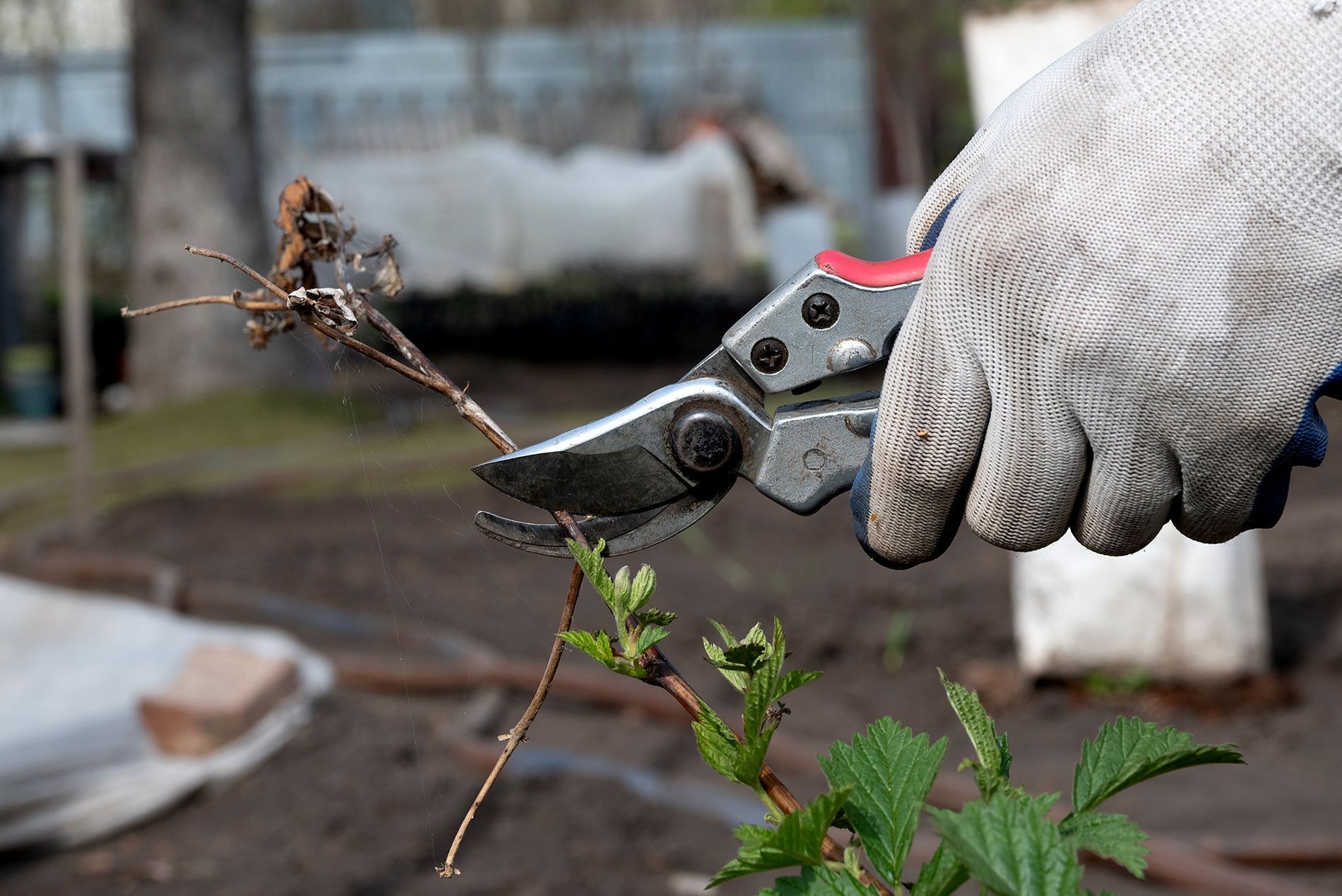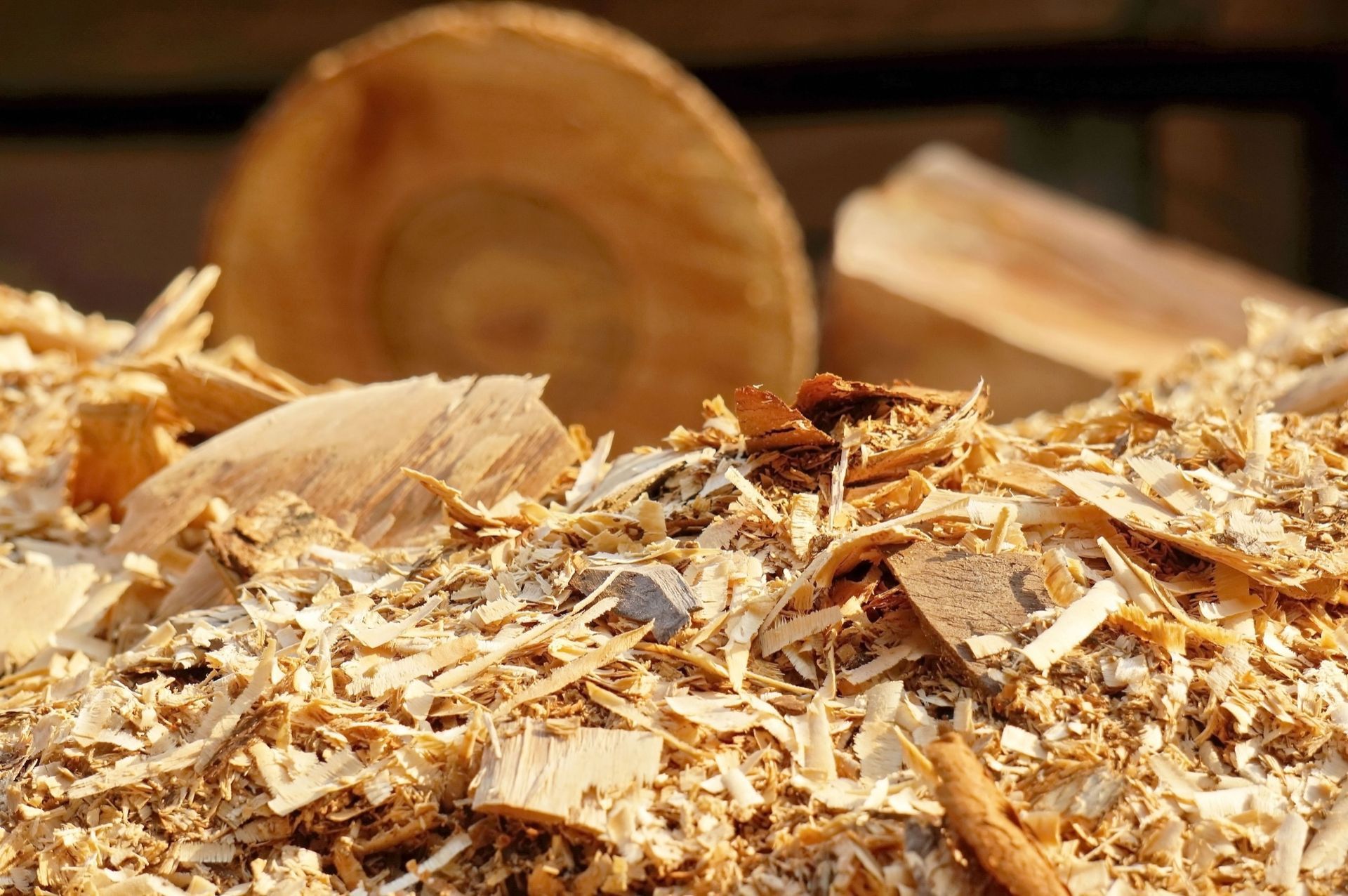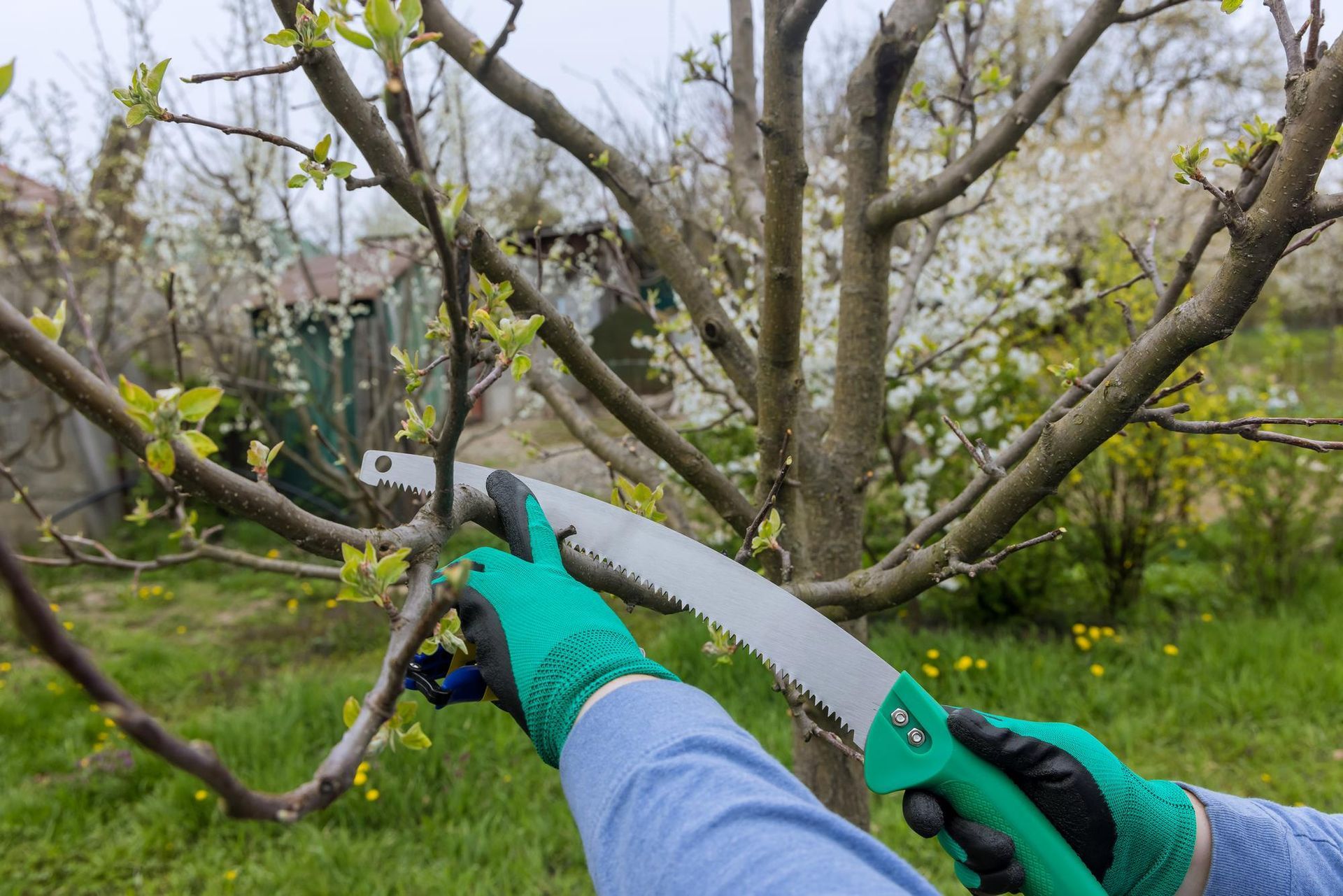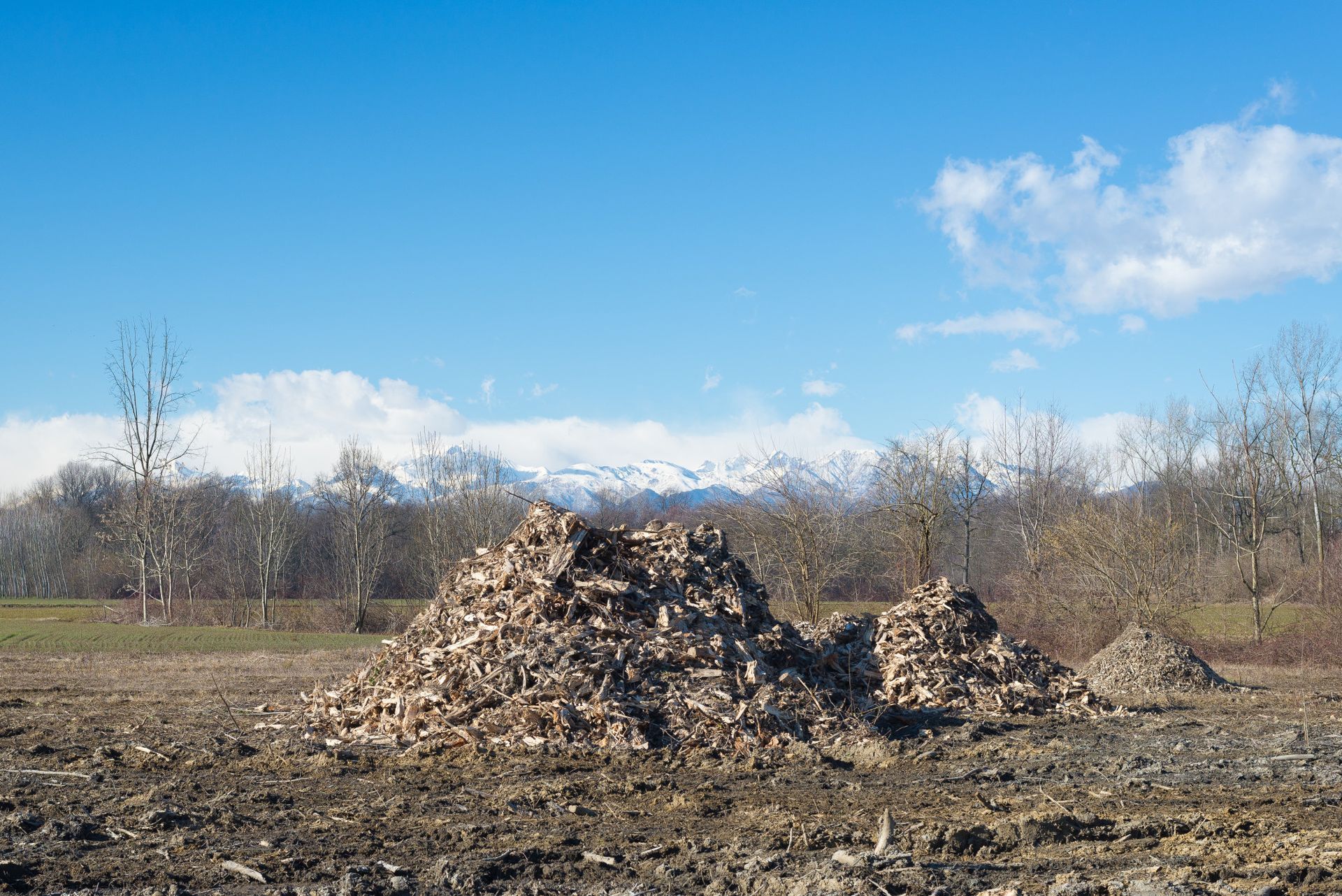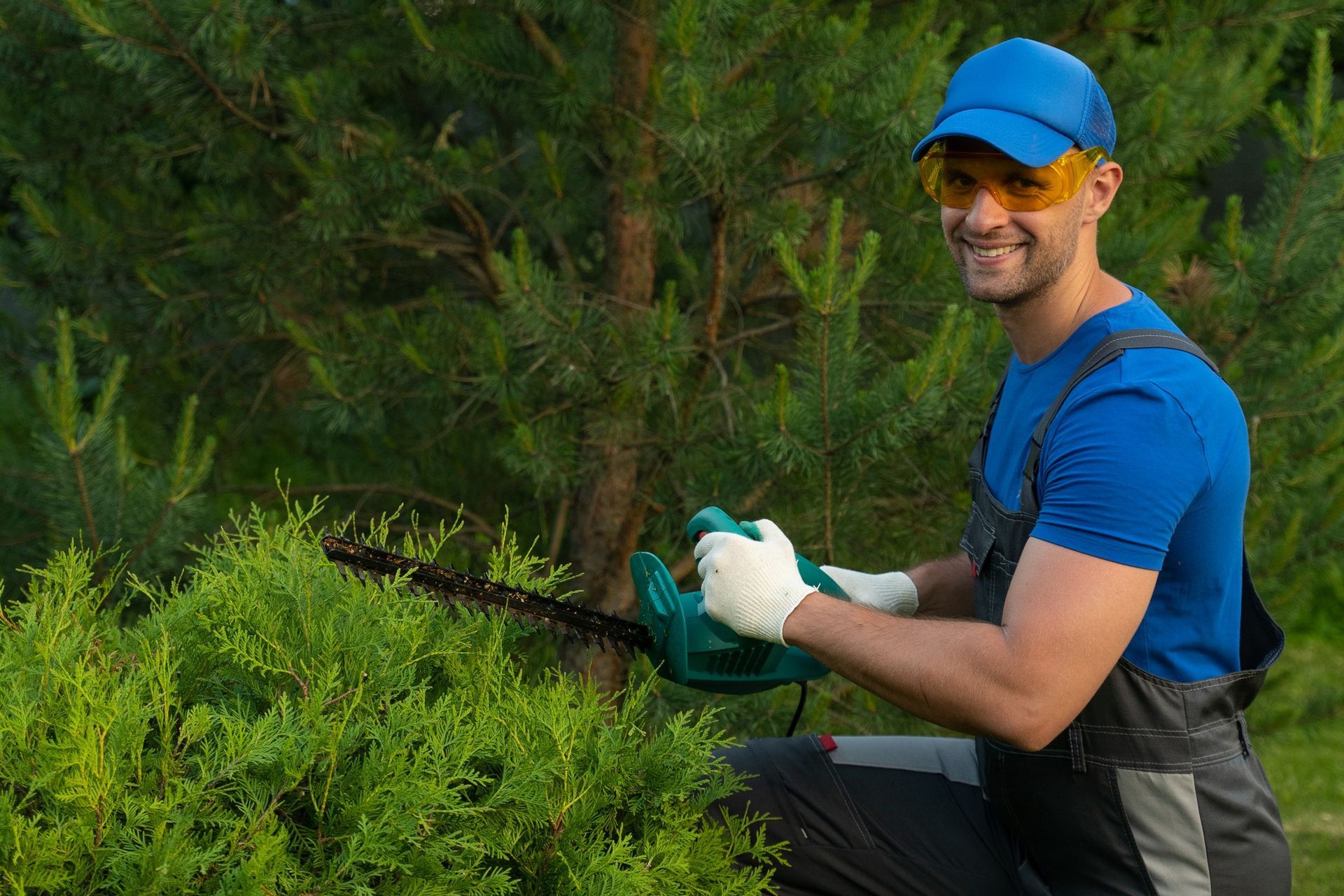Protecting Your Property: The Importance of Timely Tree Root Removal
Tree root removal is a critical aspect of property maintenance, essential for safeguarding structures and landscapes from potential damage. Timely removal of tree roots is paramount to mitigate risks effectively. When left unchecked, tree roots can infiltrate underground utilities, foundations, and plumbing systems, leading to costly repairs and safety hazards. Understanding the significance of timely tree root removal is vital for property owners to uphold the integrity of their assets. By addressing root issues promptly, individuals can prevent further deterioration of their property's infrastructure and ensure the health and longevity of surrounding vegetation. This article aims to provide insight into the importance of proactive tree root removal practices, emphasizing the necessity of timely intervention to preserve property value and maintain a safe environment for inhabitants.
Understanding Tree Roots
Tree roots play a crucial role in the health and stability of trees, providing anchorage, absorbing water and nutrients, and storing energy. Understanding their function is fundamental to appreciating their significance in the ecosystem. Additionally, tree roots contribute to soil structure and erosion prevention, making them essential for maintaining environmental balance.
While tree roots are vital for tree health, they can also pose significant risks to property if left unchecked. As roots grow, they may intrude upon underground utilities such as water pipes, sewer lines, and foundations, leading to structural damage and costly repairs. Furthermore, expansive root systems can uplift sidewalks, driveways, and even building foundations, causing safety hazards and compromising the integrity of structures. It's crucial for property owners to recognize the potential damage tree roots can cause and take proactive measures to address root issues before they escalate.
Signs of Tree Root Problems
Recognizing common signs indicating the need for tree root removal is essential for property owners to address issues promptly. These signs may include visible surface roots, uneven pavement caused by root growth, or persistent plumbing problems like clogged drains or sewer backups. Additionally, signs of tree decline such as wilting leaves, sparse foliage, or dieback may indicate underlying root issues requiring attention.
Visual cues and symptoms of tree root damage often manifest above ground, providing clues to the health and condition of the root system. Visible signs may include cracks in sidewalks or driveways caused by root expansion, raised soil around the base of trees, or patches of dead or dying grass near tree roots. Furthermore, signs of stress or decline in the tree's canopy, such as yellowing leaves or premature leaf drop, can indicate root damage affecting the tree's ability to absorb water and nutrients. Recognizing these visual cues is crucial for diagnosing root-related problems and determining the need for timely removal.
Risks and Consequences of Delayed Removal
The potential risks posed by tree roots to property and infrastructure are significant and varied. Tree roots have the ability to infiltrate underground utilities such as water pipes, sewer lines, and electrical conduits, leading to costly damage and disruptions in service. Additionally, expansive root systems can exert pressure on foundations, causing cracks and structural instability in buildings and other structures. Furthermore, roots can disrupt pavement, sidewalks, and driveways, posing tripping hazards and liability concerns for property owners. Left unchecked, these root-related issues can result in extensive and expensive repairs, as well as safety hazards for inhabitants and visitors alike.
The impact of tree roots on the health and stability of trees themselves cannot be understated. While roots are essential for anchorage, nutrient absorption, and water uptake, they can also contribute to tree decline if compromised. Damage to roots can hinder the tree's ability to access essential resources, leading to stunted growth, wilting foliage, and increased susceptibility to pests and diseases. Moreover, structural damage to roots can compromise the stability of the tree, posing risks of uprooting and collapse, especially during storms or adverse weather conditions. Therefore, addressing root-related issues promptly is crucial for preserving the health and longevity of trees on the property.
Benefits of Timely Tree Root Removal
Prevention of property damage and safety hazards is a primary goal of timely tree root removal. By addressing root issues promptly, property owners can mitigate the risk of damage to structures, utilities, and landscaping features. Removing intrusive roots can prevent costly repairs to underground pipes, sidewalks, driveways, and building foundations, reducing the likelihood of structural instability and safety hazards. Additionally, proactive root removal helps minimize liability concerns associated with tripping hazards and property damage, ensuring a safe environment for inhabitants and visitors alike.
Timely tree root removal also contributes to the preservation of tree health and aesthetics. By addressing root-related issues promptly, property owners can maintain the vitality and appearance of their trees. Removing diseased or damaged roots allows the tree to allocate resources more effectively, promoting healthy growth and foliage. Furthermore, eliminating invasive roots can enhance the aesthetic appeal of the landscape by preventing surface disturbances such as raised soil or cracked pavement. Overall, prioritizing timely root removal supports the health and beauty of trees, enhancing the overall aesthetic and value of the property.
Timely Removal Techniques and Solutions
When it comes to tree root removal, several effective methods exist to address root-related issues. Mechanical methods such as trenching, cutting, and grinding are commonly used to sever or remove problematic roots. Chemical treatments may also be employed to inhibit root growth or facilitate decomposition. Additionally, root barriers can be installed to redirect root growth away from sensitive areas such as foundations and utilities. Each method has its advantages and considerations, and the appropriate approach depends on factors such as the extent of root intrusion, the type of tree species, and the desired outcome.
While some property owners may attempt DIY root removal, hiring professionals for timely removal is crucial for ensuring safe and effective results. Certified arborists and tree care specialists possess the expertise, equipment, and training necessary to assess root issues accurately and implement appropriate removal techniques. Moreover, professionals adhere to industry best practices and safety standards, minimizing the risk of damage to trees, property, and surrounding vegetation. Investing in professional tree root removal ensures thorough and efficient solutions, preserving the integrity of the landscape and minimizing future risks of root-related problems.
Case Studies and Examples
Real-life examples vividly illustrate the critical importance of timely tree root removal in safeguarding property and preventing costly damage. For instance, a homeowner neglected to address a small crack in their driveway caused by tree roots. Over time, the roots continued to grow, resulting in significant upheaval of the driveway and necessitating expensive repairs. Another example involves a municipality that failed to remove encroaching tree roots near a sewage line. Eventually, the roots infiltrated the pipe, leading to a sewage backup and environmental contamination. These real-world scenarios underscore the need for proactive root removal to prevent such costly and disruptive incidents.
Success stories of property owners who acted promptly to address root-related issues highlight the positive outcomes of timely tree root removal. By hiring professional arborists and implementing effective removal methods, these proactive property owners were able to prevent further damage to their property and maintain the health and stability of their trees. In some cases, early intervention even saved trees from irreversible decline, preserving the beauty and value of the landscape. These success stories serve as compelling examples of the benefits of prioritizing timely root removal for property owners.
Environmental Considerations
Discussing environmentally-friendly tree root removal practices is essential for minimizing the ecological footprint of such procedures. One approach involves employing non-invasive methods such as air excavation, which uses compressed air to safely expose and remove roots without damaging surrounding soil and vegetation. Additionally, utilizing biodegradable chemicals for root treatment can help break down roots without harming beneficial microorganisms in the soil. Another eco-friendly option is root pruning, which selectively removes problematic roots while preserving the overall health of the tree and surrounding ecosystem.
To minimize the impact of tree root removal on surrounding ecosystems, several strategies can be implemented. These include replanting native vegetation to restore biodiversity and ecosystem services disrupted by root removal activities. Creating buffer zones between trees and sensitive habitats can also help mitigate disturbances to wildlife and plant communities. Furthermore, implementing erosion control measures such as mulching and revegetation can stabilize soil and prevent runoff, protecting water quality and aquatic habitats. By adopting these practices, property owners can minimize the ecological impact of tree root removal and promote the long-term health of surrounding ecosystems.
What is the Easiest Way to Remove Tree Roots?
The easiest way to remove tree roots depends on various factors such as the size of the roots, the depth at which they are buried, and the type of tree. For small roots close to the surface, manual removal using a shovel or pickaxe may suffice. Alternatively, mechanical methods such as using a stump grinder or a trencher can be effective for larger or deeper roots. Another option is chemical treatments designed to decay and break down roots over time. However, it's important to note that these methods may not be suitable for all situations and could potentially harm nearby vegetation or soil if not applied correctly. Consulting with a professional arborist is advisable to determine the easiest and most appropriate method for your specific circumstances.
Is It OK to Remove Tree Roots?
Removing tree roots can be necessary in certain situations to prevent damage to property or infrastructure. However, it's essential to approach root removal carefully and consider the potential impact on the health and stability of the tree. Removing large or critical roots can destabilize the tree, leading to structural issues and potential hazards. Additionally, indiscriminate root removal can disrupt the tree's ability to absorb water and nutrients, impacting its overall health and longevity. Before removing tree roots, it's advisable to consult with a certified arborist to assess the situation and determine the best course of action. In some cases, alternative solutions such as root pruning or root barriers may be more appropriate to address root-related issues while preserving the health of the tree.
Conclusion
As we conclude, it's imperative to recap the critical significance of timely tree root removal in safeguarding property and preserving the health of trees. Neglecting root-related issues can lead to costly damage to infrastructure, safety hazards, and irreversible harm to tree health. By addressing root problems promptly, property owners can prevent such risks and maintain the integrity of their landscape.
At Big Mountain Tree Service, we urge property owners to prioritize proactive maintenance to protect their investments and ensure the longevity of their trees. Don't wait until root issues escalate—take action today to schedule a consultation with our team of certified arborists. By identifying and addressing root problems early on, you can avoid costly repairs and maintain a safe and beautiful environment for years to come. Contact us at 406-261-2042 to learn more about our comprehensive tree care services and schedule your appointment. Your trees—and your property—will thank you for it.
-
What are the signs that indicate I need tree root removal?
Signs that indicate you may need tree root removal include cracked pavement, raised soil around tree bases, persistent plumbing issues like clogged drains, and wilting or sparse foliage on trees. If you notice any of these signs, it's advisable to consult with a professional arborist to assess the situation.
-
How do tree roots cause damage to property?
Tree roots can cause damage to property by intruding upon underground utilities such as water pipes and sewer lines, leading to leaks and blockages. They can also uplift sidewalks, driveways, and building foundations, causing structural damage and safety hazards. Additionally, roots can compete with nearby plants for water and nutrients, affecting the health and growth of vegetation.
-
What methods are used for tree root removal?
Tree root removal methods vary depending on the situation and severity of root intrusion. Common methods include mechanical removal using tools like trenchers and grinders, chemical treatments to inhibit root growth, and root barriers to redirect root growth away from sensitive areas. Professional arborists can assess the best method for your specific needs.
-
Is tree root removal harmful to trees?
When done properly, tree root removal should not harm trees. However, it's essential to consult with a qualified arborist to assess the health and condition of the tree before proceeding with removal. In some cases, selective root pruning may be sufficient to address root-related issues while preserving the overall health of the tree.
-
How can I prevent tree root problems in the future?
To prevent tree root problems in the future, consider planting trees a safe distance away from property structures and underground utilities to minimize root intrusion. Regularly inspect trees for signs of root-related issues and address any concerns promptly. Implementing proper watering and soil management practices can also help maintain healthy root systems and minimize the risk of problems arising.
FAQs
Phone:
Business Hours:
Monday - Friday: 9 AM - 5 PM
